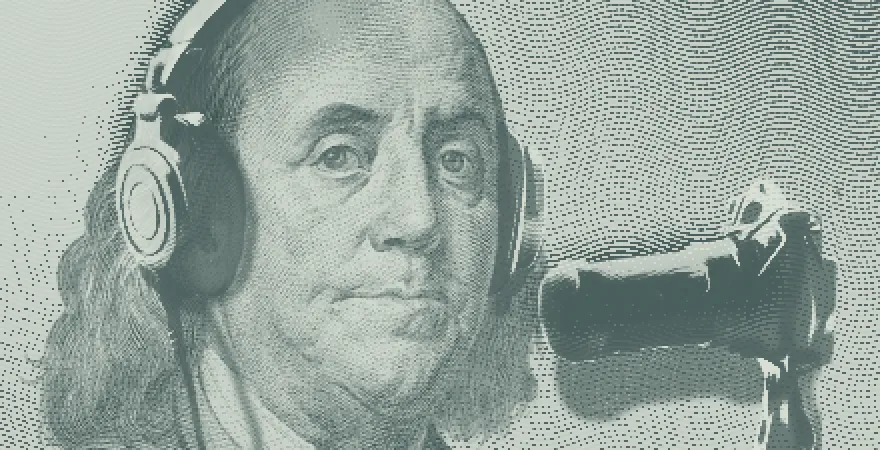El viaje a la circulación
Antes de que un billete de la Reserva Federal entre en circulación, debe pasar por cuatro pasos fundamentales: el diseño, el pedido, la producción y la emisión.

The production of money is a multistep process that requires the collaboration of the Federal Reserve Board, Federal Reserve Banks, Bureau of Engraving and Printing, and the U.S. Secret Service. These agencies coordinate highly specialized processes and analysis with the ultimate goal of meeting currency demand. In this episode we discuss the design, ordering, manufacture, distribution, and circulation processes that supply us with safe, reliable, and recognizable currency.
We are joined by a member of the Banknote Design and Development team from the Federal Reserve Board to outline the process from start to finish while highlighting key contributors and sharing interesting facts.
Antes de que un billete de la Reserva Federal entre en circulación, debe pasar por cuatro pasos fundamentales: el diseño, el pedido, la producción y la emisión.


Introducción Diseño Pedido Producción
